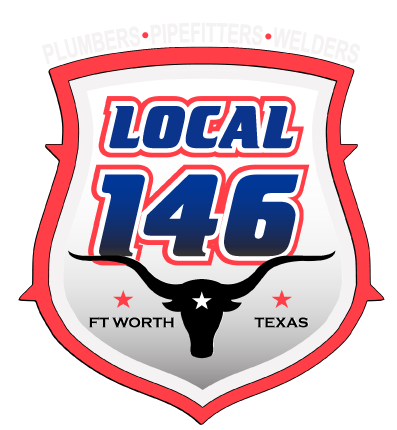Project Labor Agreements provide skilled UA Local 146 labor to taxpayers. What does a Project Labor Agreement mean to pipe tradesmen and tradeswomen?
A Project Labor Agreement (PLA), sometimes called a Community Benefit Agreement, is a collective bargaining agreement between labor unions and contractors for a specific project. These agreements outline the terms of employment for a particular project. PLAs are used when union and nonunion labor is being used on the same project.
How do PLAs benefit local taxpayers
PLAs are used on publicly funded projects as a way to protect the investment of taxpayers. These are used to settle any potential labor dispute at the bargaining level and ensure that taxpayer dollars are spent on quality labor.
Frequently, a plan is written in the PLA for when a labor dispute arises. This plan removes the possibility of a labor strike and keeps the project moving on time.
PLAs ensure tax dollars stay in the community by providing local labor is used throughout a project
A PLA may also be used to ensure that people from the community whose tax dollars are coming from have a chance to work on the project and keep the funds in the community. These employment requirements can include a percentage of the labor being residents, minorities, women and more. Additionally, a PLA may require that work goes to a small business or minority-owned contractor.
The point of a PLA is to ensure quality labor is being used while community members reap the benefits of the project occurring in their community.
PLAs reduce safety risks for the United Association Local 146 Members working on the project
By requiring a level of collective bargaining, builders are typically left with the best contractors in the area who pay attention to the conditions provided and the safety of their tradesmen and tradeswomen. With an eye on safety, costly shutdowns due to injuries and death are more likely to be avoided, helping projects to be safely completed on time.




